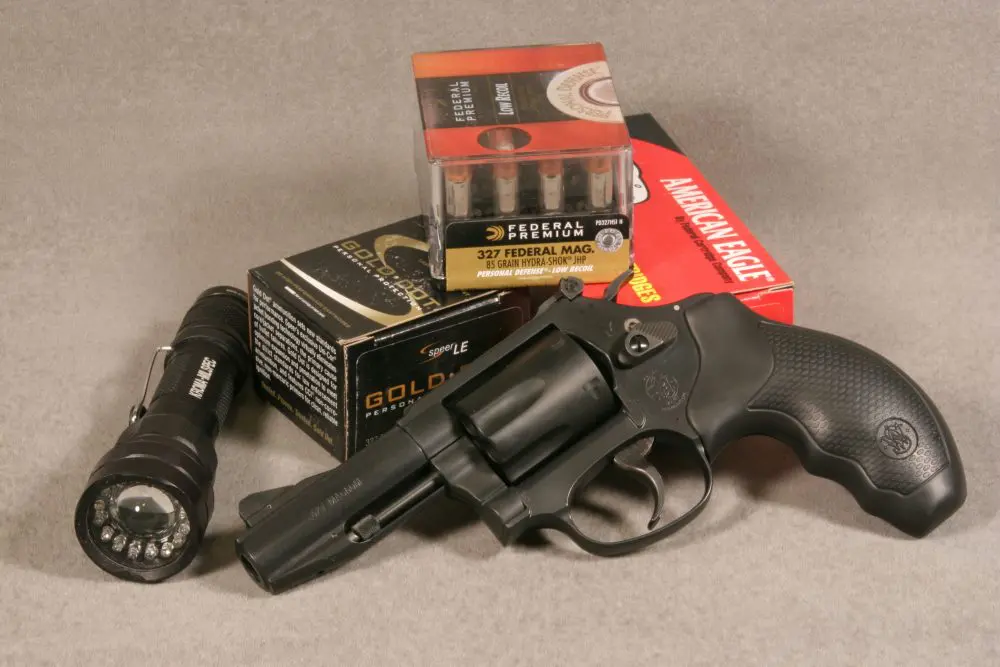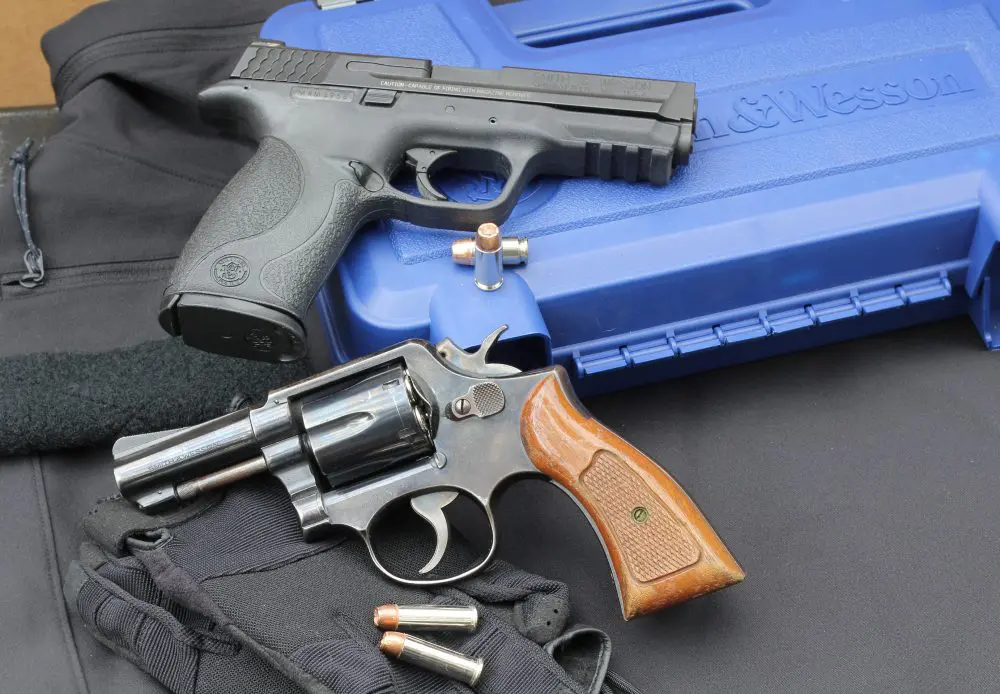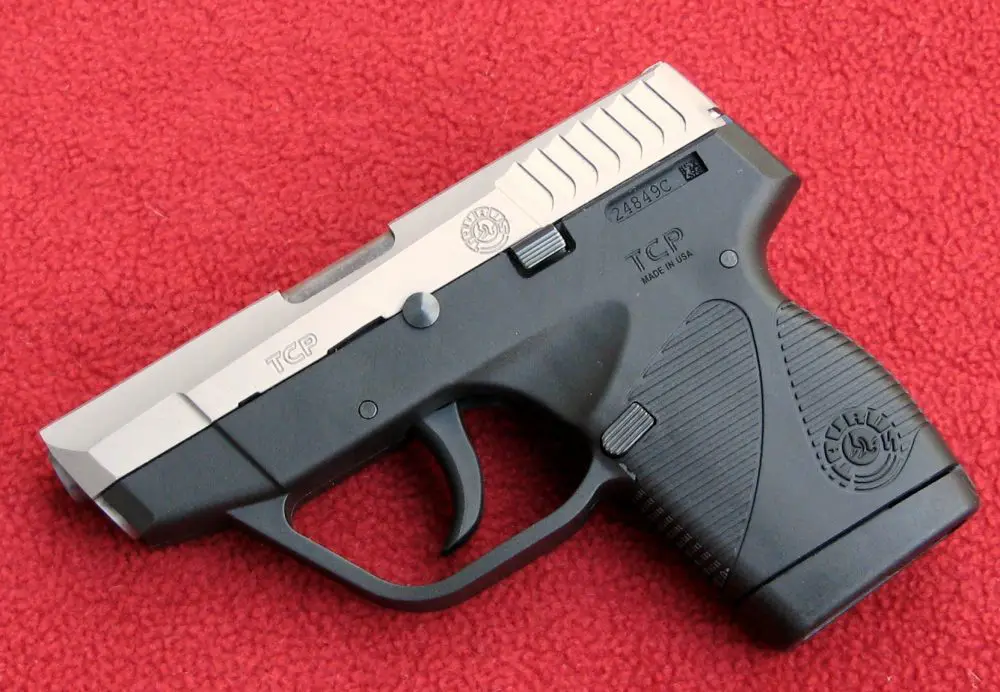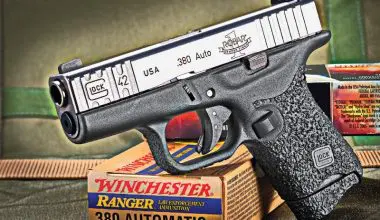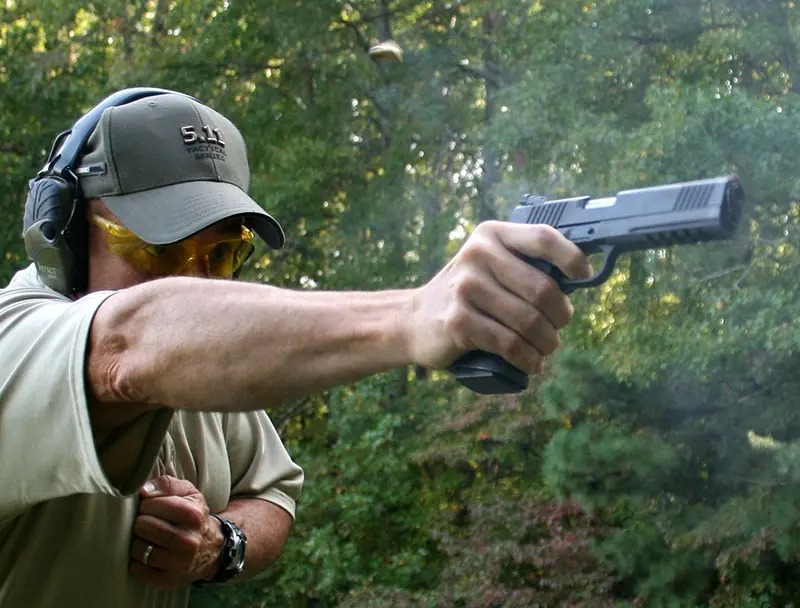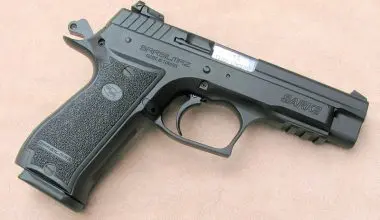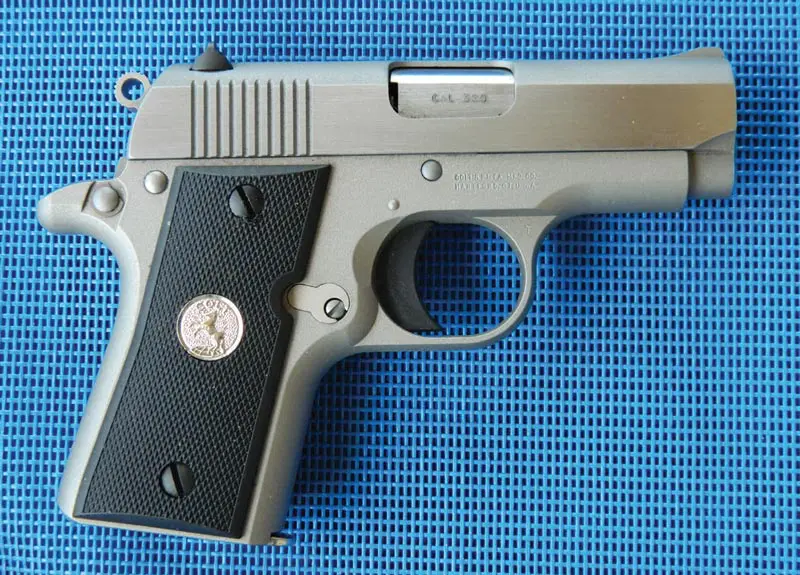
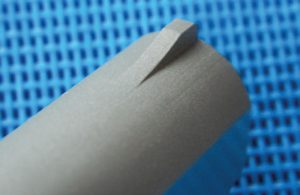
BY definition a colt is a young male horse. A mustang is the American wild horse and is generally smaller than standard breeds.
Putting the words together is appropriate for Colt’s Mustang Pocketlite—it’s relatively new (introduced mid- 2013) and it’s small. The Mustang Pocketlite is actually one of two new Mustangs from Colt’s—the other is the polymer Mustang XSP, which we hope to review at a later date.
Table of Contents
MUSTANG POCKETLITE
The Mustang Pocketlite has an aluminum receiver (frame) and stainless
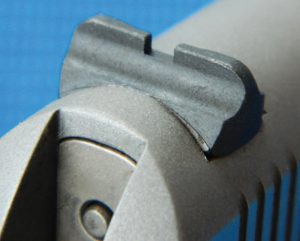
steel slide. The sides of the slide are polished, while the top has a brushed finish to reduce glare. Vertical serrations at the rear of the slide facilitate easy manipulation of the slide. The ejection port has been lowered to ensure reliable ejection.
Unlike some previous Colt’s .380s, the Pocketlite does not employ a bushing. It uses two recoil springs, with the coils facing in opposing positions, in front of a washer. I’m speculating that the purpose of the washer is to prolong the life of the recoil guide on its front end.
Colt’s calls the sights high profile, and while they might be high profile for a pocket pistol, they are still quite small. The black rear sight is drift adjustable for windage. The front sight is an integral casting on the slide.
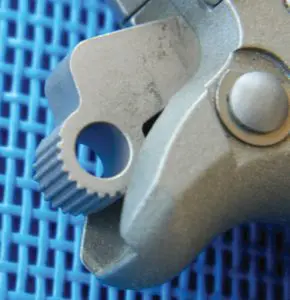
Experienced 1911 pistol shooters will find the Pocketlite’s receiver very familiar, with the thumb safety, slide lock and magazine release in the same locations and operating the same way as those on their big brother. One difference is that the safety may be left in the “on” position while the slide is retracted for loading or unloading.
The Pocketlite has a Commander-style hammer and integral beavertail backstrap. There is no grip safety. The stocks are made from a black composite and feature a silver-colored Rampant Colt’s logo.
Total capacity is seven rounds with the standard six-round magazine in place and a round in the chamber. A sevenround magazine with bumper pad is available from Colt’s. The Mustang Pocketlite comes with two six-round magazines, lock, manual, and a padded hard-sided lockable case.
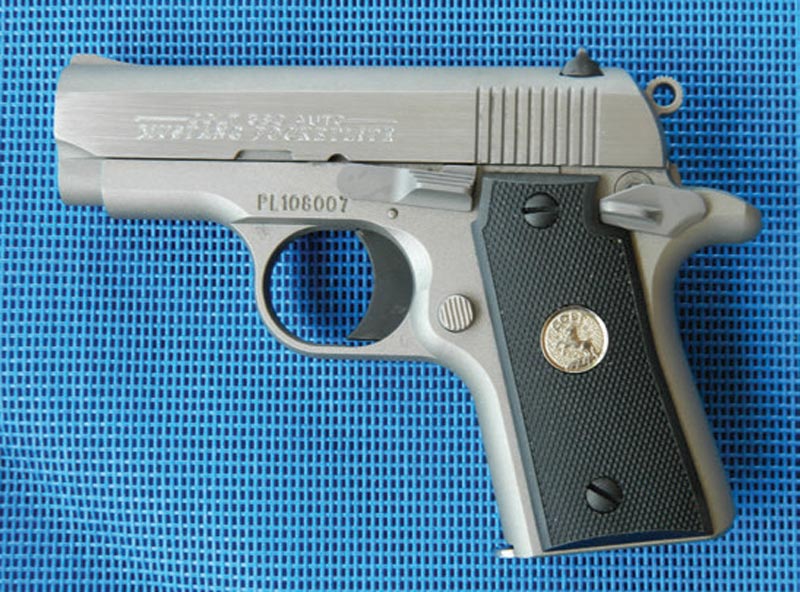
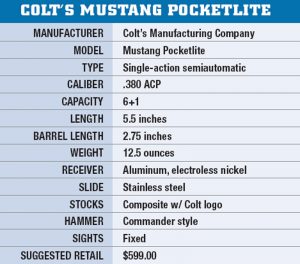
RANGE EVALUATION
I took 12 different loads to the range to evaluate the Mustang Pocketlite. This included 11 factory loads and one handload. Bullet profiles included ball, hollow point, and semi-wadcutter.
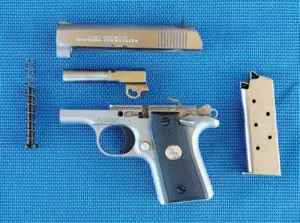
After a quick disassembly to properly lubricate the pistol, I started the evaluation by firing 12 rounds of each load using a PACT Professional model chronograph to establish velocity. This also serves as an initial break-in. Not included in the chronograph and accuracy tests were approximately 100 rounds of ball ammo of mixed manufacture I used for breakin/ fam fire.
I was happy with the test sample’s trigger, as it broke crisply at right around five pounds. It’s not a great trigger like those found on a full-size 1911, but it is very good for a pistol of this type and size.
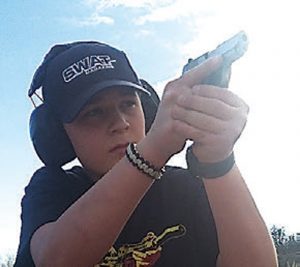
My son Flint and grandson Austin also shot the Mustang Pocketlite. Both remarked that the felt recoil was seemingly less than many other small pistols, especially those with polymer frames.
Earlier I mentioned the front sight. While better than the front sights on many pocket pistols, it can become almost invisible under certain lighting conditions because of its brushed flat gray color. My field-expedient method to resolve this was to smoke the front sight with a lighter.
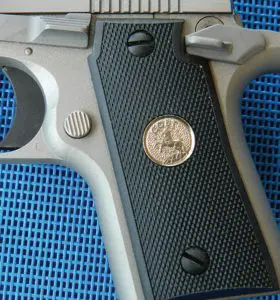
A better, more permanent solution would be to install a set of XS Sight Systems 24/7 Express Sights. If I decide to buy the test gun (and I very well may), it will wear a set of XS Sights.
At a writer’s event at Gunsite, I fired a Colt’s Mustang Pocketlite equipped with a LaserMax trigger-guardmounted CenterFire laser. This would be a great supplement to the fixed sights.
Like its full-size 1911 brother, the Mustang pointed very naturally. And while using sights is always advisable, this natural pointability allows some leeway if an attack comes close and fast—exactly the scenario most pocket pistols are designed for.
When using the sights and shooting fast dedicated pairs back to 15 yards, all rounds were easily kept inside an eightinch circle, thanks to the very modest recoil. Headshots were also made at this distance. Moving back to 25 yards, the Mustang still placed all rounds on target.
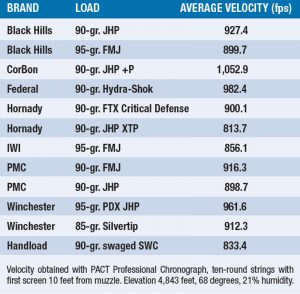
MALFUNCTIONS
With a total of almost 700 rounds fired during the course of the evaluation, I experienced six failure-to-feed malfunctions with the last round in the magazine with three loads: CorBon 90-grain JHP +P (1), Federal 90-grain Hydra-Shok (2), and Winchester 90-grain PDX JHP (3). These three loads clocked the fastest speeds over the chronograph, and the speed that the slide was cycling was likely the cause of the stoppages, as it was running faster than the magazine spring could keep up with.
On the other hand, the little Mustang digested everything I could find to feed it. This included, somewhat to my surprise, swaged semi-wadcutter handloads. The short flat-nosed bullets not only cycled but also proved very accurate.
Outside of the front sight, I can’t find anything else I would change on the Mustang Pocketlite. The more I shoot it, the more I like it.
I think I’ll end up adding this pony to my stable.
